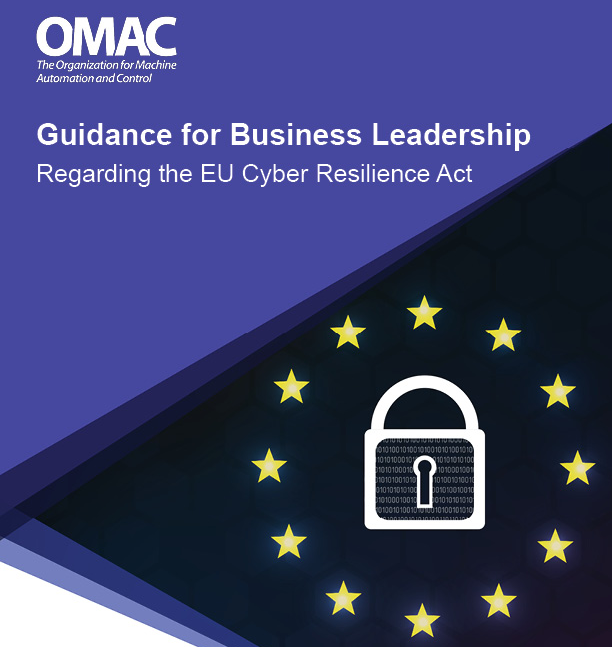INDUSTRY INITIATIVE
ei³ and OMAC Collaborate to Present Insights on EU Cybersecurity Regulations

Cyber attacks pose a significant threat to businesses, with projected damages reaching $10.5 trillion USD annually by 2025. The European Commission has responded with the Cyber Resilience Act (CRA), requiring compliance for all digital products sold in EU markets. Non-compliance penalties are severe, with fines up to 15,000,000 EUR or 2.5% of total annual turnover. To assist business leaders in navigating CRA compliance and mitigating associated risks, Adam Griffen, ei3’s Product Manager, led OMAC’s EU-CRA task force in collaboration with 18 industry experts to deliver an insightful executive report
Through conducting thorough discussions and surveys, they offer practical insights and up-to-date information on various aspects of the CRA. Their collective expertise delves into critical areas such as the legislative progress and potential enactment timeline of the CRA, industries and entities affected by the CRA, guidelines on designing products for cybersecurity, establishing best practices, etc – ensuring organizations safeguard their products and customers.

